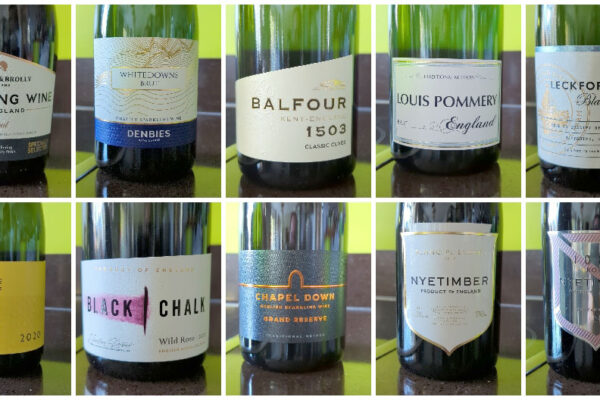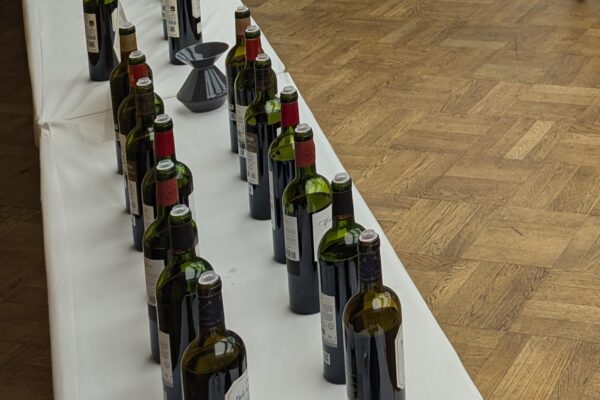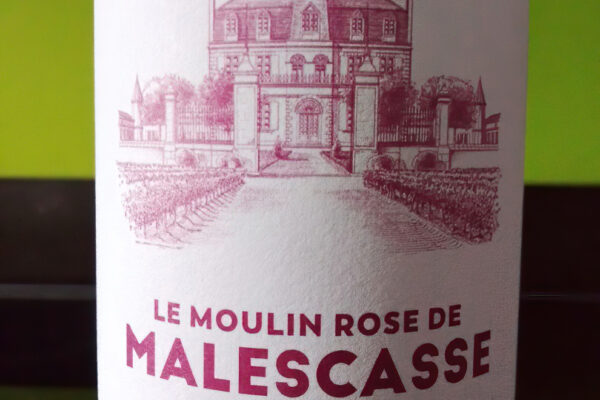
The Bibendum Spring Portfolio tasting, held on 27 February 2024, showcased 329 wines from England, France, Italy, Spain, Portugal, USA, Canada, Brazil, Uruguay, Chile, Argentina, Australia, China, New Zealand, and South Africa. Bibendum is mainly targeted at the on-trade sector, which means bars, pubs, restaurants and hotels. The fact that many of the wines were presented by the producers themselves added an extra layer of insight into the stories behind each bottle.
I find that hospitality offerings often leave much to be desired, with wines that fail to meet expectations or accurately represent their region or type. Consequently, I sometimes end up buying the house wine or not drinking at all. This tasting, however, presented an opportunity to discover what is truly possible.
Of the wines I tasted, these are the ones that particularly left an impression together with my notes and thoughts:
Borgo dei Trulli Sarancena, PRIMITIVO, Puglia, Italy.
Excellent example with oaky, black fruit aroma and dried fruit taste.
Borgo dei Trulli Mirea, PRIMITIVO, Puglia, Italy.
Richer ‘di Manduria’ variant, plums, black cherry, oak and vanilla, raisins.
Borgo dei Trulli Signor P Primitivo di Manduria 2022, Dolce Naturale DOCG PRIMITIVO, Puglia, Italy.
Unusual sweet example of a ‘di Manduria’ that comes across much like Recioto della Valpolicella.
Zensa Rose, NEGROAMARO, PRIMITIVO, Puglia, Italy.
Again, an unusual variant of using Negroamaro and Primitivo. Strawberry notes? Dry.
Vivanco Rioja Reserva 2017, TEMPRANILLO, Rioja, Spain.
Oaky aroma. Black fruit taste, dry, tannic at the end.
Spy Valley Easy Tiger, SAUVIGNON BLANC, Marlborough, New Zealand.
The best tasting low alcohol (9.5%) Sauvignon Blanc I have yet tasted. Close to ‘normal’.
Spy Valley Pinot Noir Rosé 2021, PINOT NOIR, Marlborough, New Zealand.
Interesting, deeper red rose. Fresh strawberry/cranberry flavours.
E BLOCK Spy Valley, SAUVIGNON BLANC, Marlborough, New Zealand.
Dependable, typical Sauvignon Blanc (better than NZ Sauvignon Blanc I usually get in Restaurants)
Ironstone Old Vine Zinfandel 2020 ZINFANDEL, California, USA.
Excellent. Vanilla, oak aroma. Plum, dark fruit taste. Plenty of oak and tannins.
Columbia Crest Grand Estates 2020, SYRAH, Washington State, USA.
Great example. Oak, vanilla and chocolate notes. Blackberry taste with pepper and liquorice.
Journey’s End The Cape Doctor 2017, CABERNET SAUVIGNON, Western Cape, South Africa.
Oak, vanilla, pepper, cinnamon notes. Blackberry, cassis flavour. Well balanced.
A great surprise as I tend to get disappointed with South Africa Cabernet Sauvignon. So good, I later went back for a second taste.
Spinifex Papillon Red 2020, GRENACHE, Barossa Valley, Australia.
Red fruit notes, spicy taste. Good balance. Excellent.
Caballo Loco 18 NV, Chile.
Excellent blend of many grape types. Blackcurrant nose and complex, spicy and fruity taste.
Santa Rita Pewen CARMENERE, Maipo Valley, Chile.
Strong smokey aromas and taste. Strong tannins. Great.
Brio de Cantenac Margaux 2012, Bordeaux, France
Blend of Cabernet Sauvignon, Cabernet Franc, Merlot.
Oaky aroma. Ripe fruit taste, very well balanced tannins. Long finish.
Chateau Ormes de Pez St-Estephe 2016, Bordeaux, France
Excellent, more tannic blend of Merlot, Cabernet Sauvignon, Cabernet Franc and Petit Verdot. Herbaceous, fruity.

I left with the understanding that bars, pubs, restaurants and hotels can indeed find excellent wines. Furthermore, there are also some surprising and unique options available. You shouldn’t hesitate to try any of the aforementioned wines if you come across them when you are out.
The tasting booklet highlighted some fascinating trends in the industry. Vinho Verde is particularly thriving, featuring in half of the restaurant listings and seeing an increase in by-the-glass options. Meanwhile, Portuguese still wine has seen a growth of 7.8% in volume compared to last year. In contrast, Champagne has seen a decrease in demand, with a 22.0% drop in volumes in the British on-trade market. English sparkling wine, on the other hand, is becoming more popular in the mainstream market, with on-trade volumes increasing by 6.4% year-on-year.
There’s a noticeable shift in consumer behaviour, with people dining out less and the number of drink-only pub visits rising to account for 36% of all visits, up from 26% in 2022. This move towards drinks-led occasions has seen a greater preference for easy-drinking styles, such as rosé and white wines. A significant 79% of affluent customers are keen to spend on high-quality wine and 58% are open to trying new beverages.
Furthermore, 20% of individuals under 45 prefer ordering wine by the glass instead of by the bottle as a cost-saving measure and a similar proportion avoids taking part in round-buying.
The UK top 10, on-trade, grape varieties are currently as follows:
- Pinot Grigio
- Sauvignon Blanc
- Merlot
- Chardonnay
- Syrah/Shiraz
- Malbec
- Cabernet Sauvignon
- Tempranillo
- Pinot Noir
- Zinfandel













